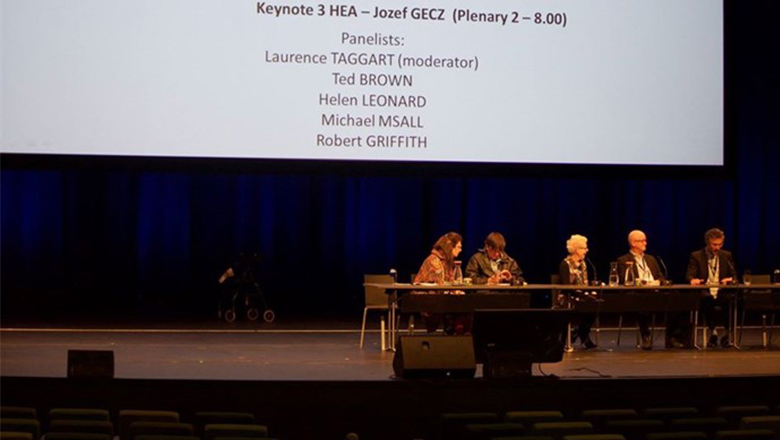Search
We aim to share our research findings with families so that they may better understand Rett syndrome and the future for their family.
We interviewed 17 parents with a daughter with Rett syndrome to gain their perspectives on how their daughter communicates and barriers.
For this study, we examined how Rett syndrome characteristics can be affected by X-inactivation for 2 of the common types of mutation - p.R168X and p.T158M.
We set out to describe the feeding difficulties and nutrition of girls with Rett syndrome and to examine what factors may be influencing their nutrition.
Therefore, we used video data to examine changes in hand function over time. We also investigated what other factors might influence these changes.

Discover a comprehensive guide on equipment designed to empower physical activity in children with Rett Syndrome, promoting their well-being and development.

News & Events
IASSIDD 15th World CongressOur AussieRett team recently visited Melbourne, Australia for the IASSIDD 15th World Congress.
Young people aged 11 years and older provided information on their suicidal ideation, suicide plans and suicide attempts.
We are evaluating new vaccines for a range of diseases including influenza, pneumococcal, meningococcal and common infections such as otitis media (glue ear).
The study aims to determine whether an RSV vaccine given to pregnant women during the third trimester can protect newborn babies from RSV infections.
